After what seems like one of the longest winters on record, we are finally walking into a spring filled with lots of possibility. Family gatherings, dinner parties and barbecues are all shimmering on the horizon, just waiting for us to make them happen. It’s time to clean out the pantry and restock for the new season!
Before you open those cupboards just yet, you’ll want to know what to keep and what should be tossed. With food costs at an all-time high, you don’t want to just chuck everything and start fresh. Carve out at least an hour for this task because you’ll need to read those best-by dates closely.
Olive oil
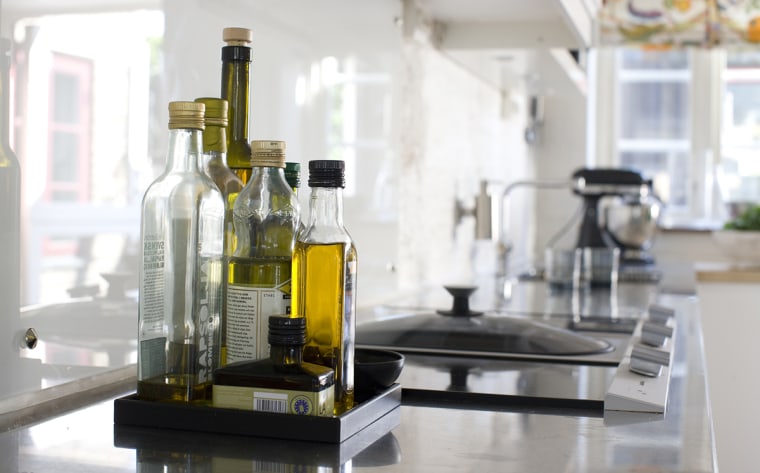
Due to their chemical structure, oils are prone to breaking down and becoming rancid. That’s why it’s especially important to store them properly. Take a look at the “best before” date on that bottle of olive oil. If it’s past the date or if you opened the bottle more than three months ago, it’s time to restock, says Joseph Profaci, the Executive Director of the North American Olive Oil Association.
If there’s no “best before” date or “use by” date on your bottle of olive oil, another hint that it’s time to ditch it is if the contents of the bottle have changed from a greenish color to orange or golden. The color change indicates that the contents have oxidized, which can happen due to exposure to heat, oxygen or light. When in doubt, you can take a small taste of the oil or smell it. If it tastes or smells like crayons, it’s become rancid. Rancid oil won’t make you sick, but you certainly don’t want to sauté your veggies in it.
Swap out that old oil and replace it with a fresh bottle. And while it may be tempting to buy a large canister or bottle of olive oil at a big-box store, the likelihood that you’ll use it all up in time is low, which means you’ll end up wasting it anyway. And be sure to place that new bottle (with its cap firmly on) in a cabinet that is far from your stove to minimize exposure to light and heat.
Flour and grains
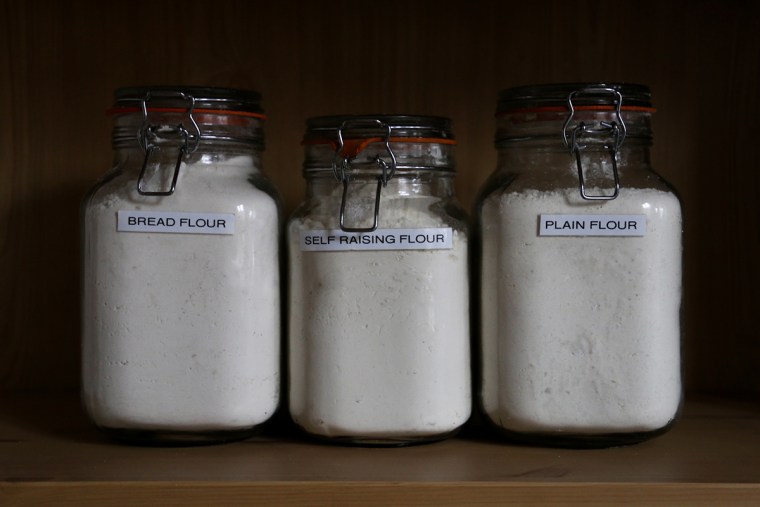
Take a look at those bags of flour and make sure there aren’t any signs of weevil infestation. Flour weevils or beetles are tiny flea-sized bugs that are very common. If the flour you bought for holiday cookies is still in its paper bag, it’s probably smart to ditch it.
After you’ve replaced your flour with new stuff, the best way to store it is in a sealed container in a cool, dark, dry spot, says food innovation chef and recipe developer at Bob’s Red Mill, Sarah House. If you have whole grains like brown rice, quinoa, or barley and you don’t use them frequently, store them in the freezer. As with spices, if your flour has changed color or has an off smell to it, toss it.
Nuts and nut butters
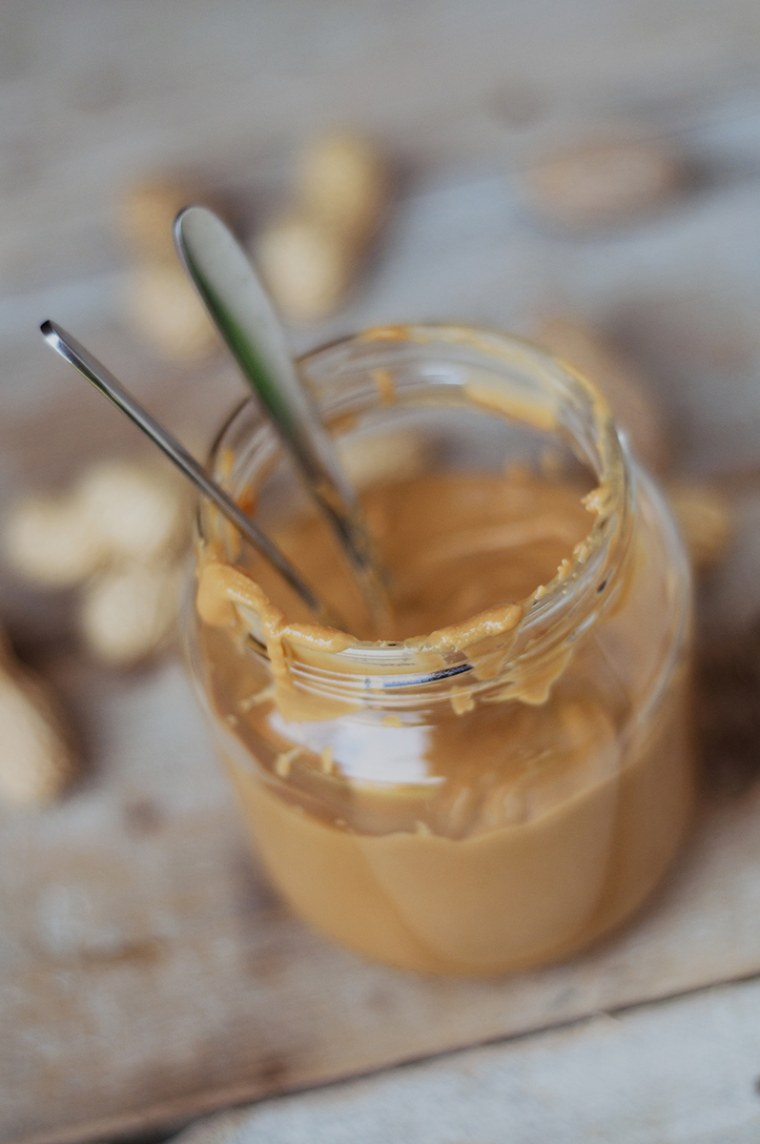
Nut butters have a high fat content, so they are susceptible to light and heat. An open jar of peanut butter will stay fresh in your pantry for up to three months. After that, it’s smart to store it in the fridge (where it can stay for nine months) to avoid oil separation, says Sherry Coleman Collins, MS, RDN, LD, Consultant Registered Dietitian Nutritionist for the National Peanut Board.
Check the “best by” dates on those jars of peanut and almond butter. If the dates are still good, open the jars and take a sniff. The nut butters should smell pleasant, not like soap or chemicals.
Whole nuts are more susceptible to going rancid than nut butters. If you have a bag of cashews or other nuts that have been stored in a kitchen cupboard, give them the sniff test — if they smell off, it’s time to start fresh. Whole nuts are best stored in an airtight container or sealed bag in the refrigerator.
Pasta and rice
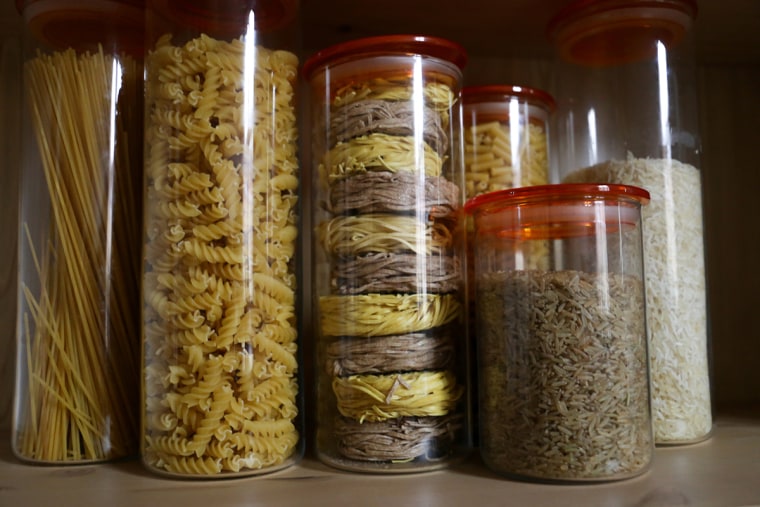
According to USA Rice, white rice can be kept nearly indefinitely in the pantry if stored properly. Once you open a bag of white rice, you should transfer it to a tightly sealed container that keeps out dust and moisture. If you have an opened bag of rice that’s spilling out onto your shelf, it’s time to replace it.
Brown rice doesn’t last as long thanks to the oil in the bran layer. If it has been six months since you’ve used the rice, it’s time to toss it. You can store it longer in the freezer.
Pasta is a pantry superstar thanks to its long shelf-life. According to Barilla, pasta should be used by the “best if used by” date on the box for optimal taste and texture. Whether the box is unopened or opened, it should be stored in a cool, moisture-free spot, like the pantry or a cupboard. Skip the fridge and freezer for storage as the pasta can absorb moisture.
Spices
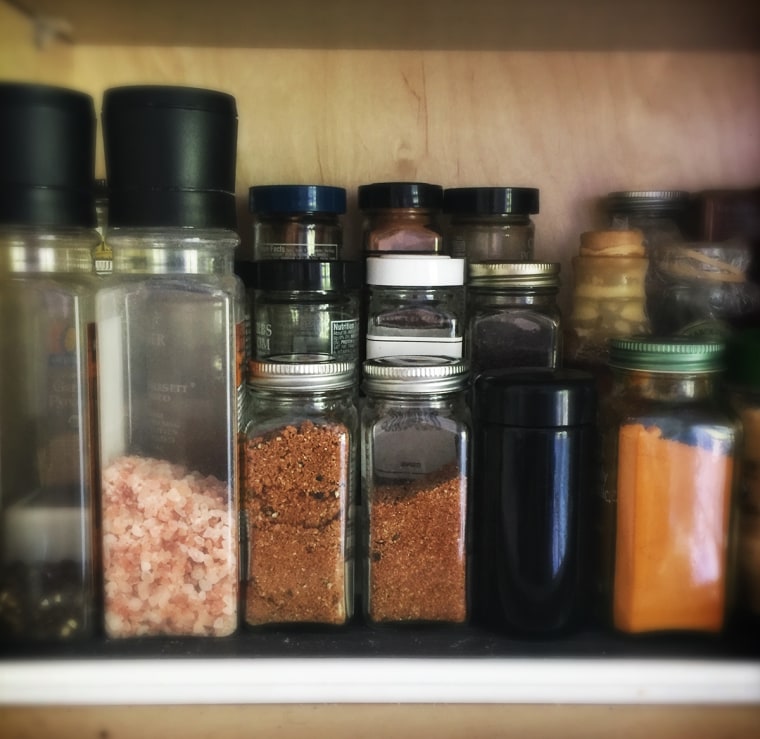
One of the biggest investments a home cook makes regularly is in spices. And just like oils, spices are prone to light and heat, as well as moisture. Take a look at all those little bottles to see if they have a “best by” date on them. If the date has passed, it’s time to replace them. Also, if the spices have faded or look dusty, it’s time for a new batch. Not sure? Open the bottle and give it a sniff. If you can barely smell that cinnamon, invest in some fresh stuff.
Once you’ve restocked, make sure to store your spices in a cool, dark spot, like a cabinet or drawer. And skip the fridge and freezer — you don’t want to introduce any moisture into your bottles, says Alex Wilken, VP of product for The Spice House. He says it’s best to purchase spice bottles with metal caps versus plastic ones, as the former provides a better freshness barrier and won’t break if you drop them.
Chocolate chips
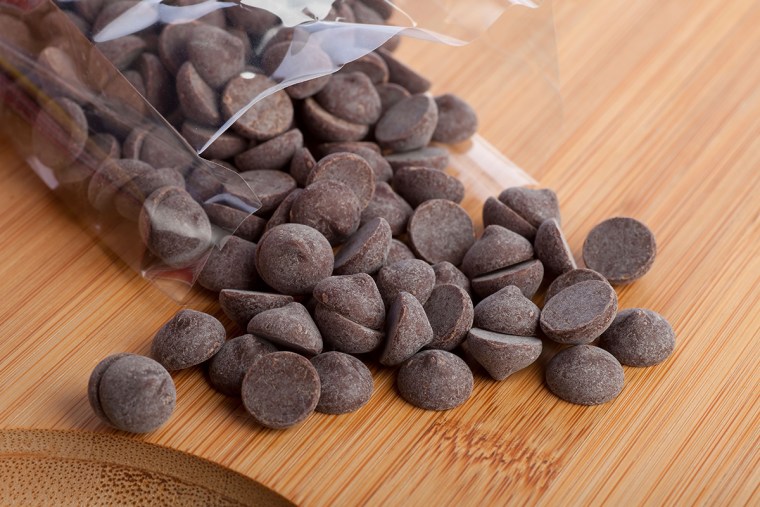
If you have unopened bags of chocolate chips in the pantry, they’ll last for two to four months. Once opened, you may want to transfer them to a sealable container or put them in the fridge or freezer to extend their life.
It’s smart to store new bags of chocolate chips or bars of chocolate away from both the stove and the refrigerator, which can also generate heat. And if you see a whitish coating on the chocolate, it’s likely fat bloom caused by the chocolate being exposed to heat or humidity. It doesn’t affect the flavor, just the appearance, so feel free to use them up in your next batch of muffins.
Canned and dried beans
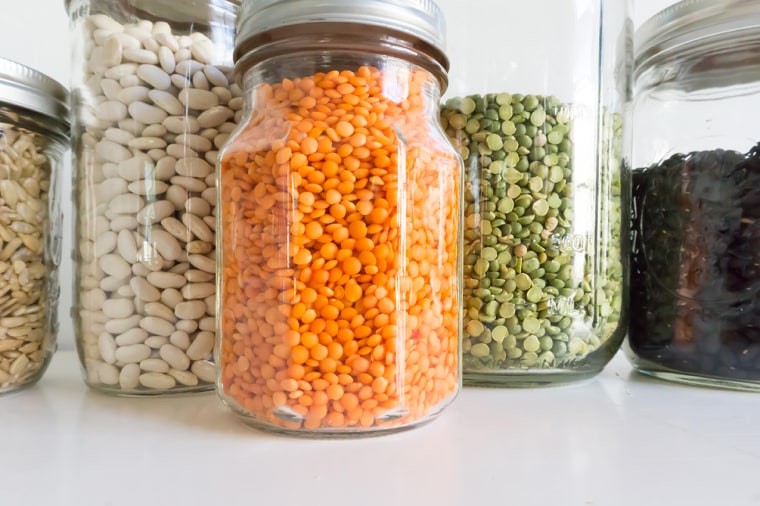
An unopened bag or properly resealed bag of dried beans will stay fresh in the pantry for up to a year. Canned beans will last you several years. But if the can is severely dented or the seal has become damaged, it’s time to discard it, say experts at USA Pulses.
Be sure to wipe off any dust your canned beans have collected before opening them up and adding to recipes.
Sugar and other sweeteners
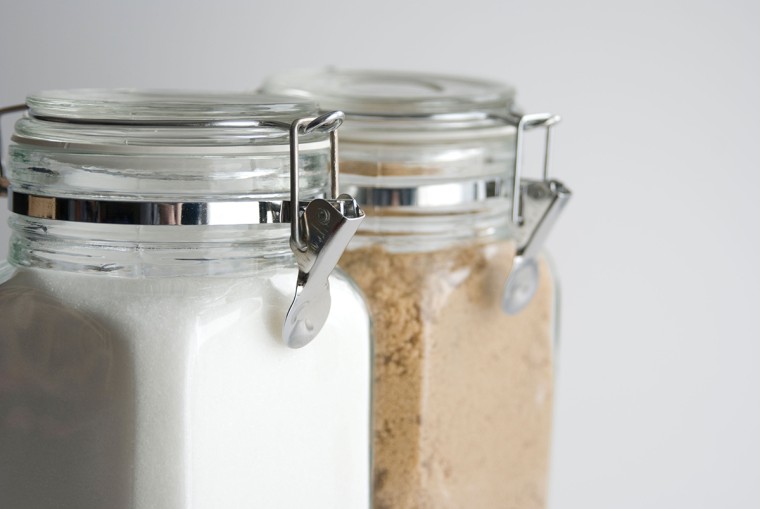
Technically, granulated (white) sugar never goes bad because it’s naturally antimicrobial. However, the paper bags that sugar is generally sold in aren’t a great way to store this staple long-term. If your sugar has been sitting in the pantry unopened, transfer it to an airtight container. If it’s still in the bag and has been open for months, pour it into a bowl to see if it has formed lumps due to moisture. The sugar is still safe to use, but those lumps can be tough to get rid of (try running the sugar through your food processor) and render the sugar useless for baking. Store any newly purchased sugar in a cool, dry spot in your cabinet.
Brown sugar has a much higher moisture content than white sugar and forms lumps more easily. Store brown sugar in an airtight container in a cool area, but not in the refrigerator.
Honey is a natural antimicrobial, so it really doesn’t go bad, but it does need to be stored properly for optimal flavor and texture. If you’ve found that the honey in your jar has crystallized, it’s likely that the temperature in your pantry or cupboard is too low (below 50 F). Crystallized honey is still perfectly safe to eat — it’s just not great for baking. Honey should be stored in its original container at room temperature, away from direct heat and light.
